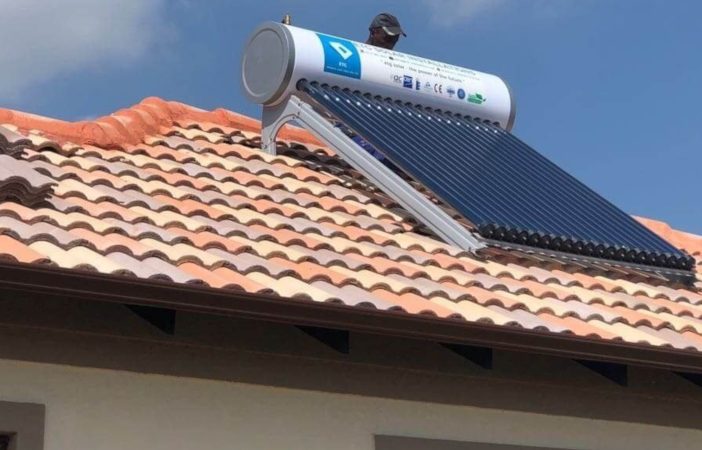As the inflation rate hits a 13-year high, jumping from 6.5% in May to a staggering 7.4% in June, and the cost of electricity sky rockets, South Africans are seeking ways to cut costs. The first place to cut back on electricity usage during the cold winter months, is, of course, electricity-guzzling heaters. Fortunately, heater technology has improved, so consumers have alternatives such as gas heaters and more energy-efficient heater options to warm their homes when it gets chilly inside.
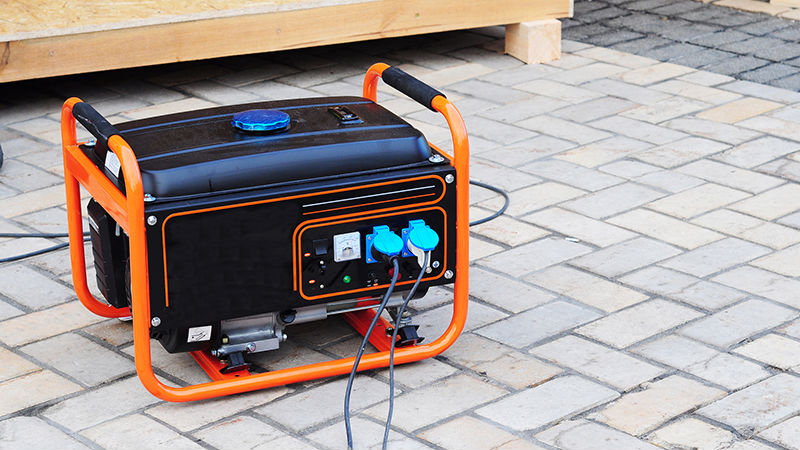
But as summer approaches and the temperature increases, your geyser is the next obvious high electricity culprit. Monitoring your daily geyser usage and having a better understanding of how often you need hot water will help you plan better, and use less electricity on heating your geyser. There are simple tips to follow that will not only help you save on electricity spend, but could also mitigate the risk of a burst geyser.
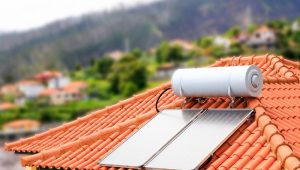
PriceCheck tip: Keen your WiFi and fibre running during the loadshedding with a variety of different mini-UPS options for less than R1,000!
Turning your geyser on at set times or adjusting the temperature can go a long way when trying to save money on your electricity bill. But, often this can be a time-consuming practice, and the whole system can be thrown out of wack if you forget to turn your geyser on or switch it off at the correct time. Fortunately, there’s an app for that!
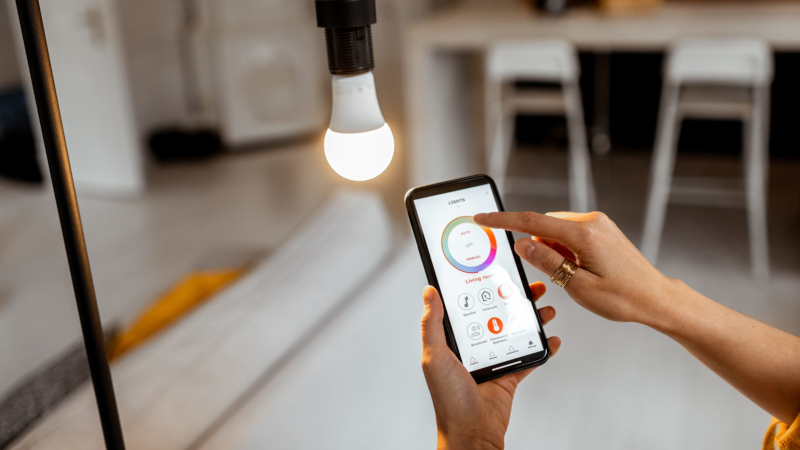
This time-consuming task can now also now be done by installing a smart geyser switch and using the accompanying app. Using smart technology, like Tracker’s Smart Geyser app and accompanying smart geyser switch, can help you to save up to 40% on your electricity bill, as you can view and change the heating schedule and water temperature of your geyser from your smartphone.

Control your geyser with the Astute Smart Isolator.
In addition to installing a smart geyser switch on your geyser, there are other best practices that can be followed easily, you just need to work out what’s doable for you and your family. To cut costs and to extend the longevity of your geyser at the same time, follow these five tips easy tips to monitor your geyser usage and save:
1. Correct the thermostat setting of your geyser:
Keeping the temperature of the geyser at the desired level, by cutting the power supply once the temperature has been achieved, is an easy way to save.
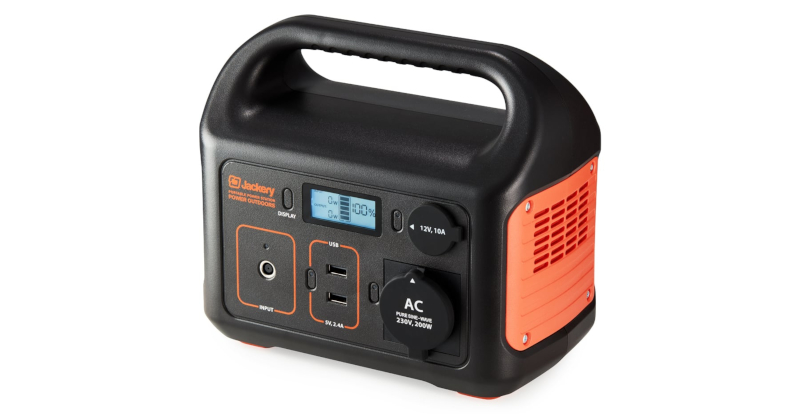
2. Install a timer:
Consider having a geyser timer installed so that you have hot water when required instead of heating water throughout the day unnecessarily. Timers are programmable, so they can be adjusted to heat once a day or at set intervals to meet your family’s needs.
3. Choose the right size geyser for your needs:
An over-sized geyser means heating extra water that is not required. Choose the geyser based on the size of your family and your consumption habits so that electricity is not wasted.
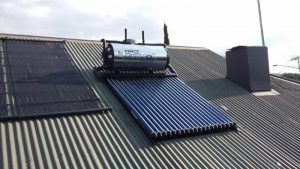
4. Install an energy-efficient geyser:
Thanks to load shedding, energy-efficient solar geysers and other solar-powered energy solutions are becoming more popular among South African homeowners, because they fix the problem of high electricity bills. One of the main reasons why South Africans invest in solar geysers is because conventional geysers use great amounts of power. Plus, with load shedding a solar geyser can prove to be a godsend.
5. Regular maintenance is key:
Ensure you regularly check your geyser’s temperature, check the drip tray, look into insulating the geyser if possible and make sure the pressure valve doesn’t leak. These are simple steps to ensure you won’t have a disaster on your hands and high plumbing bills to pay.
Whether you embrace technology or simply adopt new habits, electricity consumption linked to your geyser can be managed and should not be a drain on your finances. These tips are easy to follow with long-term benefits.

